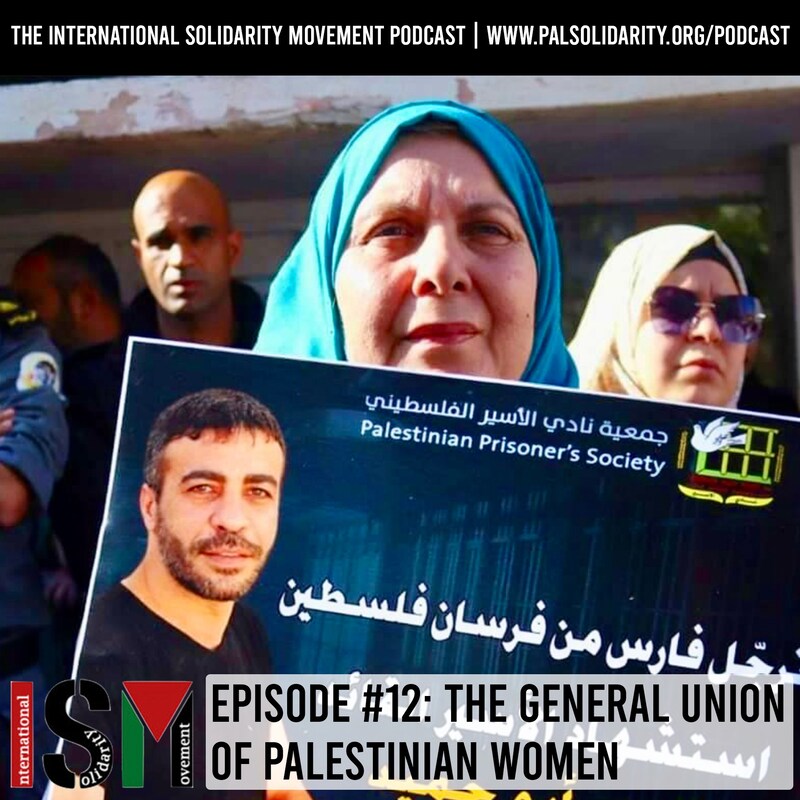Category: Journals
-
Candles in the Dark
It is nearing Christmas time in Bethlehem. And there is room at the inn this time. A family from Gaza had to go to a far away hospital for their child’s illness. Then October 7th occurred, and then the genocide.
-
Dissonance in Jerusalem
As we left the forcibly silent Muslim quarter, we were bombarded by celebration, carelessness, and isolation just a few blocks over in a Jewish Neighborhood.
-
ISM Podcast Episode 12: The General Union of Palestinian Women
ISM Podcast 12: The General Union of Palestinian Women TRANSCRIPT: Hey, welcome to the International Solidarity Movement podcast. يلا اهلاً وسهلاً بكم في حلقة حركة التضامن الدولية، فلسطين [This transcript has been edited for clarity] Welcome to the ISM podcast. In this episode, we interview Nada Tweir from the General Union of Palestinian Women in…



